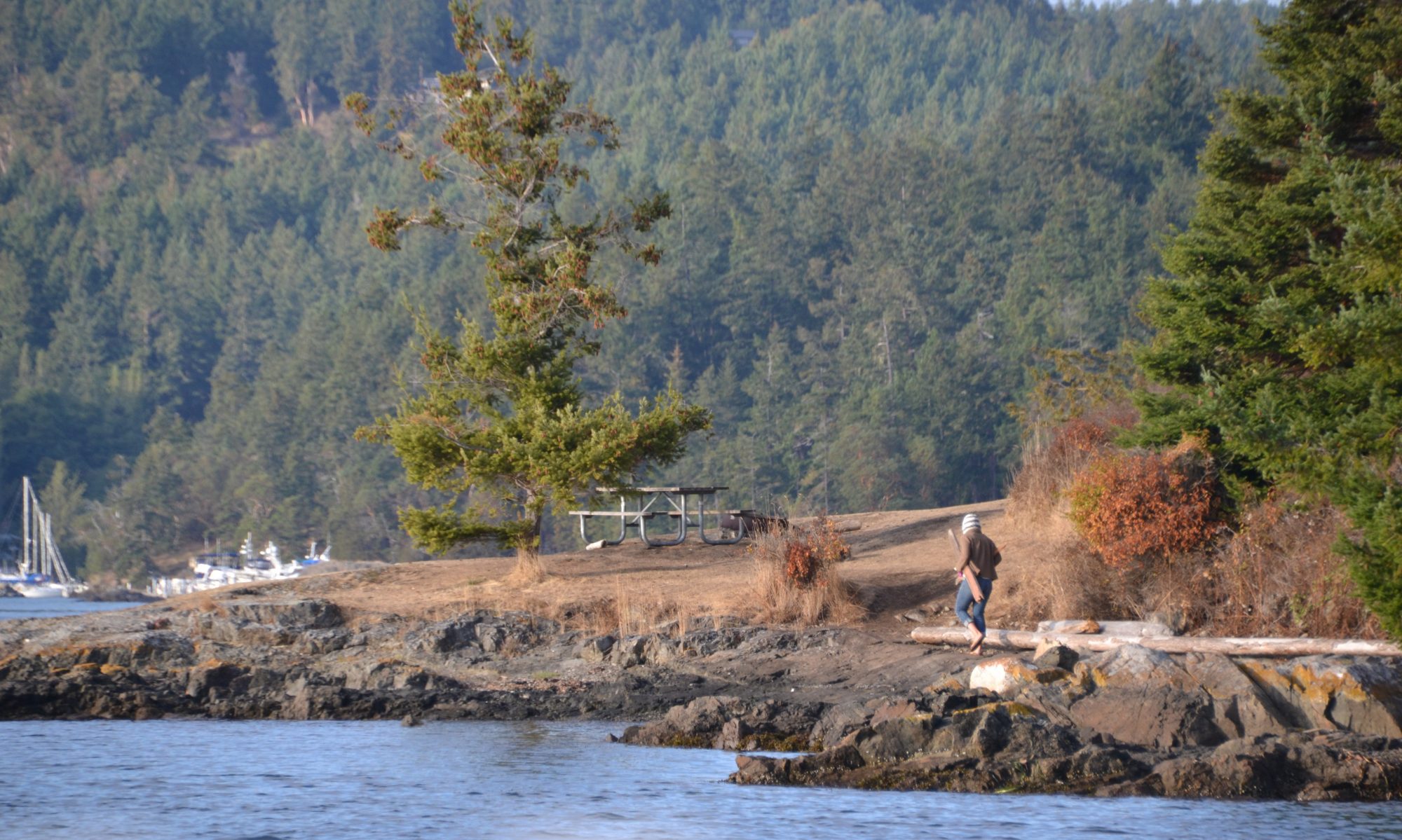So, when ships go to the shore, the sailors get dressed up in civvies (civilian clothing, but we’re not military, they just call it civvies) and go ashore for liberty, or leave. Liberty is just time where you can do what you want! Usually this frosty adult beverages. What will generally happen is the crew piles into a small boat for a ride ashore. As soon as that little boat hits shore, it’s like a small explosive under the pants of each gussied up sailor goes off, and they all explode onto shore in almost perfectly opposite directions from each other. It’s totally weird.
This time, as we only had two days in Galapagos port, the chief scientist was nice enough to organize a guided tour of The Highlands. Our guide was terrific, and took us to the Darwin Foundation visitors center. It was great to see the tortoise breeding program that they have there. One of the more harmful invasive species on the islands are rats. They clearly came over from ships, and those rats will kill and eat just about anything their size. As a result, baby tortoises were being decimated, and the population was quickly declining. The Darwin Foundation started a breeding program where they take the fertile eggs from the nest, and let them hatch and grow in their protected cages until they reach the “rat proof” size. At that point, depending on the colors of the numbers on their shells, they’re returned to their respective islands to live their lives.
As each of the islands is pretty separate from one another, there are different sorts of species of tortoises on each island, and sometimes even in different valleys. Until the advent of dna testing, the definition of species had been pretty vague. One part of a specific species is that one is not capable of reproducing with another. There are many exceptions to this rule (mules, and more) but that was one guideline as to weather this creature was it’s own species or not. Now with dna, it’s something easy like any less than 95% similarities = new species. But I think humans are something like 98% the same as pigs… there’s a possibility I screwed up my numbers 😉
This is Lonesome George who is the last remaining of his species. The guide was excited to see how happy George was that his keeper was in the pen with him cleaning stuff out.
More interesting facts on the Galapagos: all the species that ended up here had to get there on their own. Because of the long distance they had to go, this usually meant they had some close connection with the sea, and were genetically simpletons. I remembered that with humans, we need a certain number of people to form a critical mass where we get enough genetic diversity that we can begin to reproduce and make future generations that are different enough from each other so they don’t get inbred. Genetic simplicity means that one male, and one female, or one pregnant female can show up, and even her offspring can make more of them to sustain a population.
Galapagos famous swimming lizards. They can stay underwater for long periods of time, but as the water is too cold for them, they have to spend a lot of time sunning themselves on the rocks (also hence the black color) to bring their body temperature back up
ever heard the word “polywogg?” Well, it’s a term for someone who has never crossed the equator before. Or if they have, they have not been through the equator crossing ceremony. Luckily for me, we’re going to have an equator crossing ceremony, so I will loose my polywogg status before the end of the trip. The ceremony can be many different things, but it’s basically hazing as I understand it. I’m sure there will be many follow up hilarious pictures to add!
Oh so the picture: see the gps how it says: 0degrees 00.0001’S? Well that means I’m very very close to the equator by that gps’s estimation. Exactly 1/1000 of a nautical mile (6 feet). As one get’s closer to the north pole and Santa Clause, the S or N (latitude) will get closer and closer to 90 degrees. Each degree is divided into 60 minutes. Each minute of latitude is equal to 1 nautical mile (=1.15 statute miles you’d measure in your car), then from there we got to 10ths, 100ths and 1000ths of a minute.




